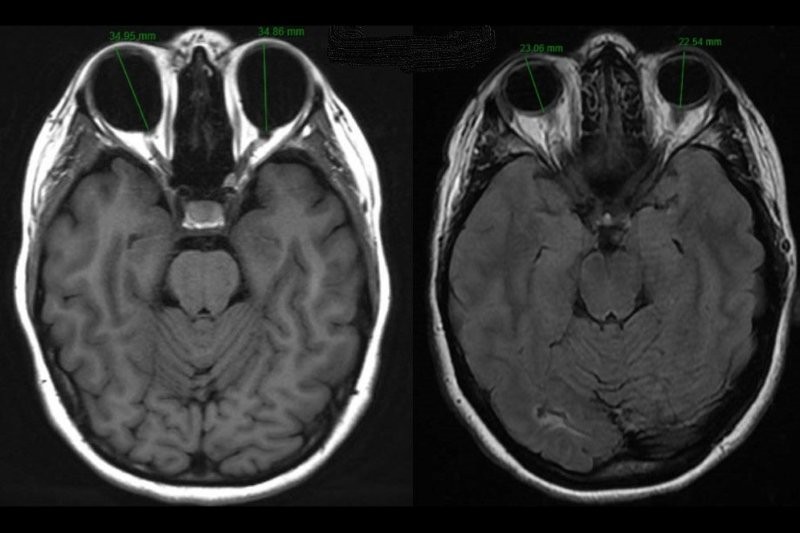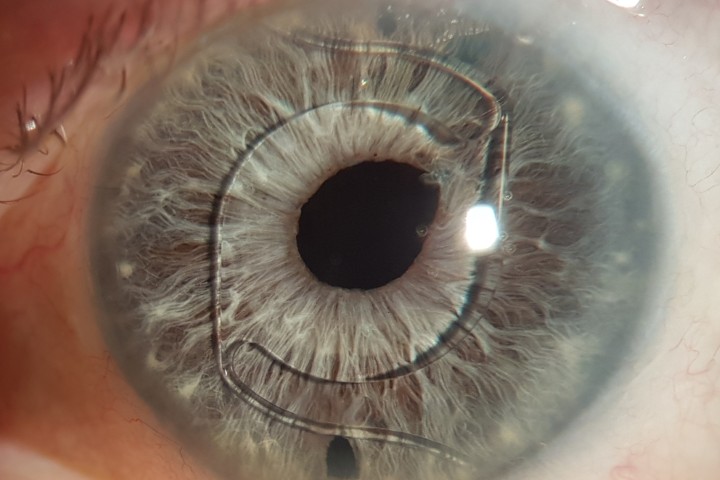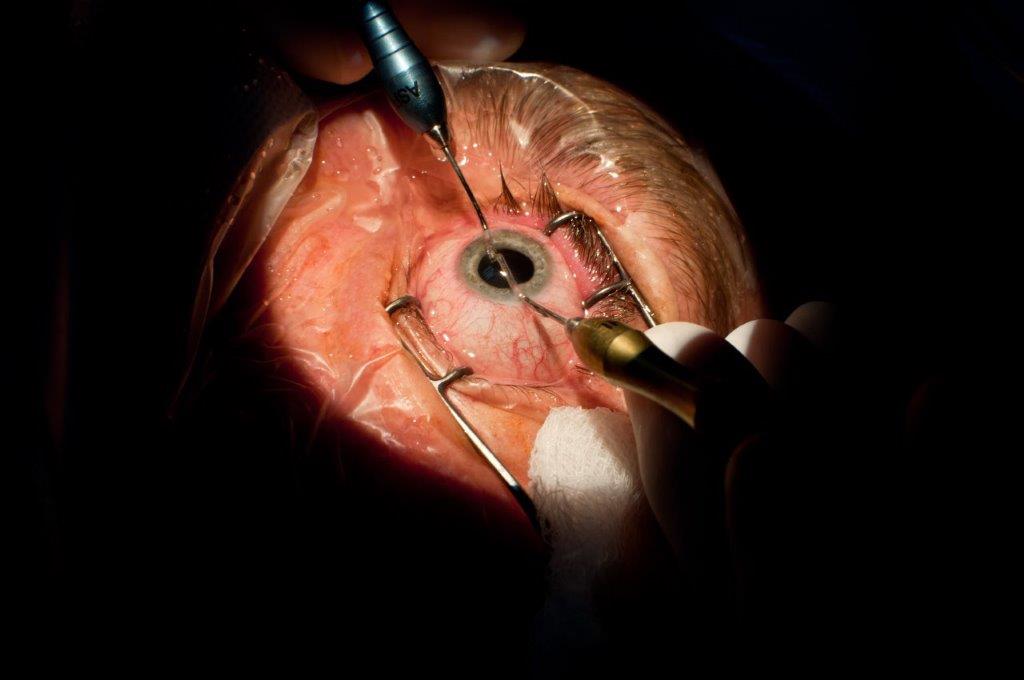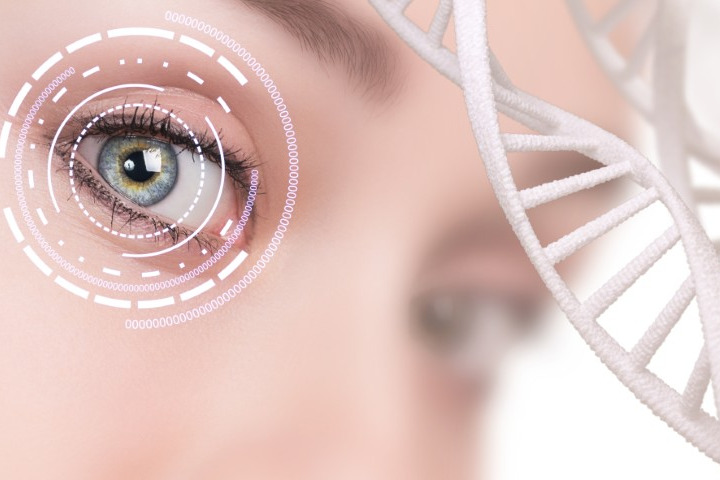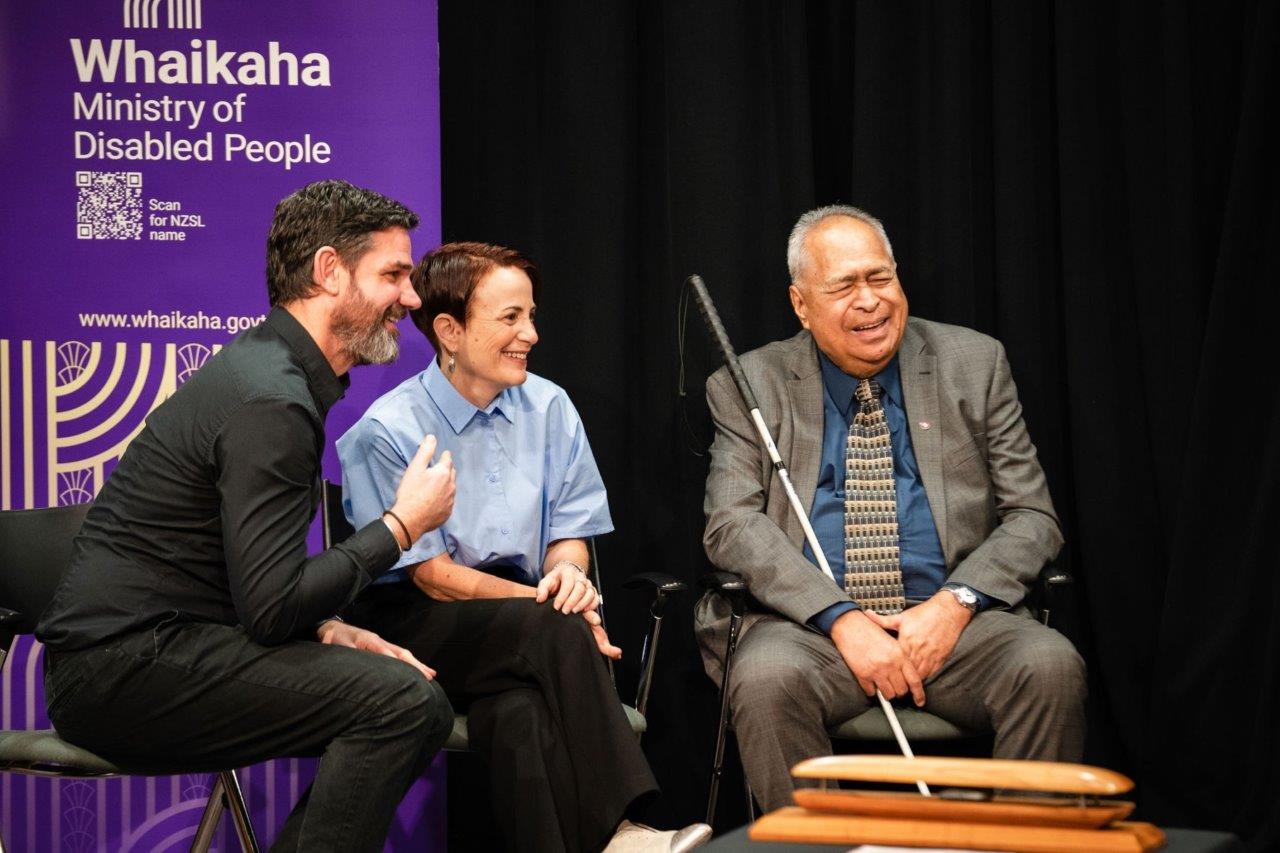Transforming eye care with AI
Artificial intelligence (AI) has delivered remarkable achievements: near human-level image classification, handwriting transcription and speech recognition. Google Trend shows a recent boom in interest in AI, machine learning (ML) and deep learning, especially in published medical texts as a growing number of health professionals and researchers realise its potential to transform healthcare.
The challenges facing New Zealand eye care include service demand driven by the aging population, a lack of subspecialist access in rural areas and effective collaboration between optometrists and ophthalmologists. AI, combined with an innovative service model, can help tackle these issues.
What is AI?
AI, ML and deep learning are terms with well-defined meanings: AI is defined as the effort to automate intellectual tasks normally performed by humans; ML is the approach of using an algorithm to examine data and derive underlying rules used to make predictions; and the terms shallow and deep learning refer to the ML architectures, not the quality of the insight generated. Shallow learning techniques have a single layer of representation before prediction, while in deep learning, the data features undergo multiple layers of transformation before prediction.
AI and ophthalmology
Ophthalmology is an image-based specialty and, so far, AI in ophthalmology has focused on the analysis of retinal images.
Diabetic retinopathy
Diabetic retinopathy (DR) photo screening has generated a large collection of high quality fundal photos with well-defined clinical diagnoses, so is perfectly suited for AI. Dr Varun Gulshan developed a deep learning algorithm for detection of diabetic retinopathy in retinal fundus photographs, trained using more than 100,000 images. The algorithm achieved expert-level performance in classification of all referable DR with an area under receiver operating characteristic curve (AUC) of 99%, sensitivity of 96-97% and specificity of 93%. While Ting et al used data from the Singapore National DR Screening Program to develop their deep learning algorithm. This algorithm also performs well in DR screening with AUC of 0.936, sensitivity of 90.5% and specificity of 91.6%. In glaucoma it achieved AUC of 0.942, sensitivity of 96.4 % and specificity of 87.2%, while in age-related macular degeneration (AMD) results showed AUC of 0.931, sensitivity 93.2% and specificity 88.7%. However, the performance of the algorithm was variable in different external validation datasets (AUC 0.889 to 0.983).
Poplin et al reported that the same convolutional neural network for DR classification can also give accurate predictions on variables that may not be detectable by human readers on fundal photos. For example, their algorithm was able to predict age (mean absolute error within 3.26 years), gender (AUC = 0.97), smoking status (AUC = 0.71), systolic blood pressure (mean absolute error within 11.23 mmHg) and major adverse cardiac events (AUC = 0.70).
The real-world performance of these AI algorithms, however, may differ from that suggested in research settings.
iDx-DR is an imaging algorithm for detecting referable DR which has gained US Food and Drug Administration (FDA) approval. The positive prediction value (PPV) was between 12% and 30% and negative prediction value (NPV) was between 97% and 100% (van der Heijden et al, 2018).
Closer to home, a group in Western Australia has implemented an AI system for DR screening in a primary health care practice (Kanagasingam et al, 2018). In this real-world study, the algorithm used was able to detect the two patients with referable DR along with 15 false positives (PPV 12%, NPV 100%).
Analysis of OCT images
De Fauw et al assessed the application of deep learning in the analysis of optical coherence tomography (OCT) images in the Google-DeepMind-Moorfields collaboration. The aim of the algorithm was to assess the OCT images of patients at the time of referral and predict the final diagnosis and urgency of referral. The AI pipeline used in this study had two steps: translating the raw OCT scan into a tissue map with 15 classes, including anatomy, pathology and image artifacts; and generating predictions using a standard convolutional neural network. The performance of this algorithm on detecting urgent referrals matched the performance of the two best retina specialists in the study!
A deep learning algorithm has also been developed to generate retinal blood flow maps from OCT images, without the need of OCT angiography (Lee et al, 2018). Images from OCT angiography were used to train the AI algorithm to generate flow maps from standard OCT images, with the resulting programme exceeding the ability and bypassing the need for expert labeling.
AI in New Zealand eye care
Screening
Screening of common ophthalmic diseases using AI is possible with current technology. An automated AI system for DR screening can save time and resources within the New Zealand setting. As the DR photo screening infrastructure is well developed, such an automated screening system can be implemented without much additional investment. Though the performance of the automated system would need to be revalidated (given reported discrepancies in performance in different datasets) and the low PPV renders it suitable as the first ‘screener’ only.
Development of automated screening programmes using AI for other common eye diseases, such as glaucoma and AMD, with a large amount of available data is possible. But as there are no current screening systems for these diseases, the use cases and funding models will need to be defined, and the target population carefully outlined as the population pretest probability will affect the PPV and NPV of the screening algorithm.
Referral
OCTs revolutionised retinal imaging by providing cross-sectional architecture in vivo, allowing the detection of pathologies not visible on biomicroscopy alone. However, OCT images can be difficult to interpret to untrained eyes. As OCT becomes more widely available in community optometry practices in New Zealand, AI analysis of OCT becomes more attractive as a method of identifying those patients requiring urgent ophthalmic referral. On the other hand, while the Moorfield’s database used in the development of the algorithm has a high proportion of pathologies, the pre-test probability of pathologies in OCT performed in the community is expected to be much lower, and I would also expect a lower PPV if such an algorithm was implemented unchanged in community optometry practices.
Automation and collaboration enhancement
Many of the clinical tasks within ophthalmology are well defined and repetitive. These include OCT assessment of the treatment interval in anti-VEGF therapy and glaucoma and DR monitoring. AI has the potential to automate the standard management of these disorders, involving ophthalmologists only when a deterioration is predicted. Such an AI system does not exist currently but should be within reach of current technology.
AI systems can also be used to help the shared care model between optometrists and ophthalmologists. They can be trained to identify high risk or deteriorating patients, who can them be promptly referred, or they can be used to identify stable patients where ongoing care by an optometrist is most appropriate.
An additional tool in rural areas
Rural New Zealand is sparsely populated and subspecialty ophthalmology access may not be available routinely. In this situation AI systems could be used to achieve subspecialty performance levels within well-defined scenarios, such as OCT interpretation and corneal topography and glaucoma monitoring.
The AI potential
AI will really begin to transform medicine when it can provide insights and predictions that were not previously possible. For example, the generation of retinal flow maps from OCTs alone and the prediction of cardiovascular risk factors from fundus images.
In the future, patient outcomes in AMD, glaucoma, corneal transplants and retinal vascular disorders may be predicted with higher accuracy with AI than using baseline data alone, while ophthalmic imaging data may provide accurate predictions the risk of future systemic diseases.
AI can develop these exceptional insights if a high quality, multidisciplinary dataset is available. New Zealand is one of the few countries with a national health system where all patients have a unique identifier (NHI) and clinical data (GPs, DHBs and optometry practices) are stored electronically. Within the Auckland region, the current electronic medical record system contains data across all three DHBs, along with community blood test results, prescription data and radiology data. Thus, if bureaucratic and regulatory barriers can be overcome and given appropriate resources (funding, clinical and computer science expertise), New Zealand could be the place to lead the next AI breakthrough.
See more on this subject here.
References
- De Fauw, J. et al, 2018. Clinically applicable deep learning for diagnosis and referral in retinal disease. Nat. Med. 24, 1342–1350
- Gulshan, V. et al, 2016. Development and Validation of a Deep Learning Algorithm for Detection of Diabetic Retinopathy in Retinal Fundus Photographs. JAMA 316, 2402
- Kanagasingam, Y. et al, 2018. Evaluation of Artificial Intelligence–Based Grading of Diabetic Retinopathy in Primary Care. JAMA Netw. Open 1, e182665–e182665.
- Lee, C.S. et al, 2018. Generating retinal flow maps from structural optical coherence tomography with artificial intelligence. ArXiv180208925 Cs Stat.
- Lee, H., Grosse, R., Ranganath, R., Ng, A.Y., 2009. Convolutional deep belief networks for scalable unsupervised learning of hierarchical representations, in: Proceedings of the 26th Annual International Conference on Machine Learning. ACM, pp. 609–616.
- Poplin, R. et al, 2018. Prediction of cardiovascular risk factors from retinal fundus photographs via deep learning. Nat. Biomed. Eng. 2, 158–164.
- Ting, D.S.W. et al, 2017. Development and Validation of a Deep Learning System for Diabetic Retinopathy and Related Eye Diseases Using Retinal Images from Multiethnic Populations With Diabetes. JAMA 318, 2211.
- van der Heijden, A.A., Abramoff, M.D., Verbraak, F., van Hecke, M.V., Liem, A., Nijpels, G., 2018. Validation of automated screening for referable diabetic retinopathy with the IDx‐DR device in the Hoorn Diabetes Care System. Acta Ophthalmol. (Copenh.) 96, 63–68











